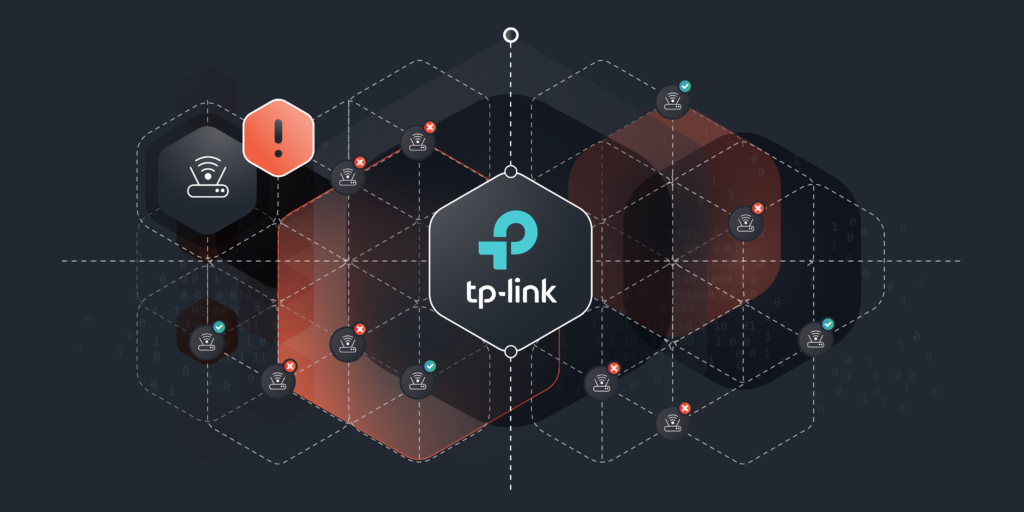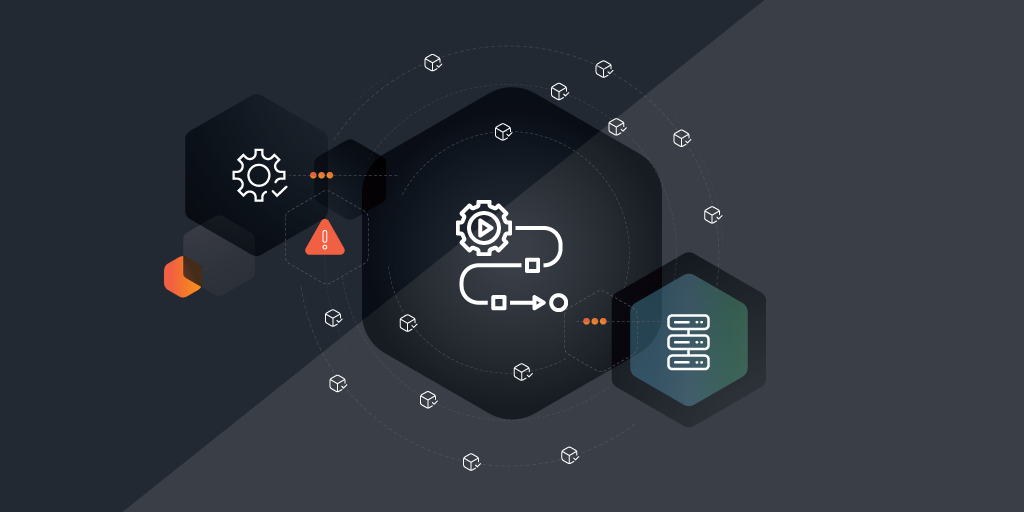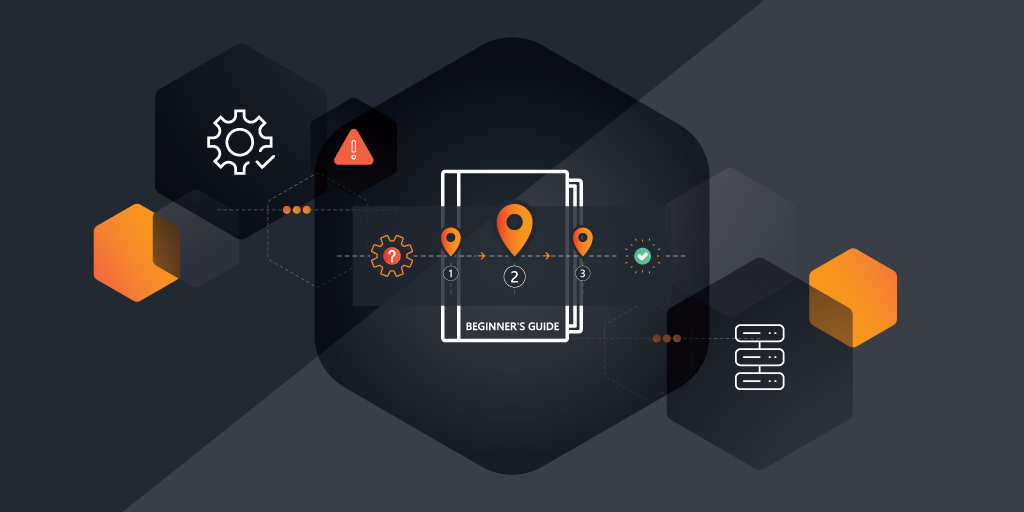
What Is Privileged Identity Management?
A privileged identity is a user account that has elevated permissions and access to critical systems, applications and data, enabling it to perform administrative or specialized tasks that regular user accounts cannot. Privileged Identity Management (PIM) is all about managing and controlling accounts with elevated permissions within an organization.
Privileged accounts have special access to critical systems, applications and data, making them a big target for cyber attacks. Privileged Identity Management tools help monitor, control and secure these accounts, ensuring that privileged access is granted only when needed and with proper oversight.
An example of privilege management is the implementation of role-based access control (RBAC) in a company’s IT system. In this scenario, employees are assigned specific roles based on their job functions, and each role has predefined access permissions. For instance, a system administrator might have the ability to install software and manage user accounts, while a regular employee might only have access to the applications necessary for their daily tasks.
Why Is Privileged Identity Management Important?
Privileged accounts pose significant security risks if not properly managed, as they can be exploited for unauthorized access to sensitive information or to cause disruptions. PIM is essential for protecting these high-level accounts from misuse and preventing potential security breaches.
By managing and monitoring privileged access, organizations can reduce the risk of insider threats and external attacks, keeping their critical systems secure.
What Is the Difference between IAM and PIM?
Identity Access Management (IAM) involves the overall management of user identities, their authentication, and their authorization to access resources within an organization. It encompasses processes such as user provisioning, deprovisioning and maintaining user profiles and credentials. PIM, on the other hand, specifically focuses on monitoring and controlling accounts with elevated permissions, ensuring that total privileged access is granted and used securely, and implementing additional security measures like multi-factor authentication and activity monitoring for these high-risk accounts.
Benefits of Implementing a PIM Solution
There are several benefits to implementing privileged identity management tools, including:
- Better Security: PIM solutions enhance security by enforcing strong authentication, monitoring activities, and providing detailed audit logs. This reduces the risk of unauthorized access and helps detect and respond to suspicious activities quickly.
- Compliance: Many regulatory standards require strict controls over privileged access. Implementing PIM helps organizations meet these compliance requirements by providing detailed records of access and actions taken by privileged users.
- Efficiency: PIM automates the management of privileged accounts, reducing the workload on IT teams. It ensures that privileged access is granted according to predefined policies and is promptly revoked when no longer needed.
- Risk Reduction: By controlling and monitoring privileged access, PIM solutions minimize the potential impact of security breaches and insider threats. They provide visibility into who is accessing critical systems and ensure that access is used appropriately.
How Privileged Identity Management Works
PIM involves a series of steps to manage and secure accounts with elevated permissions within an organization:
- Access Rights Discovery and Restriction: Discovery starts with identifying who has access to what within your organization by scanning and analyzing all user accounts to uncover existing permissions and access levels. Unauthorized or excessive access rights are then restricted to ensure users only have access to what they need, following the principle of least privilege, to minimize the potential attack surface and prevent access to sensitive information.
- Monitoring and Auditing of Access Rights: Real-time tracking of user activities helps detect unusual or unauthorized access attempts, while regular audits of access logs ensure all rights and activities comply with organizational policies. These practices provide transparency and accountability by showing who accessed what, when and why.
- Role Assignment and Management: The final step is to assign permissions based on job functions rather than individual users. Roles are defined within the organization, and users are assigned based on their responsibilities. Each role has predefined permissions, reducing unnecessary privileges and enhancing security. Regular reviews and updates of roles ensure access rights remain appropriate and secure.
Role of Identity Governance in Privileged Account Management
Identity governance plays a critical role in PIM by establishing policies and procedures to manage the lifecycle of privileged accounts. This includes defining who can request access, under what conditions access is granted, and how access is monitored and reviewed.
Identity governance ensures that privileged access is aligned with organizational policies and regulatory requirements, maintaining control over who has elevated permissions and why. It also involves regular reviews and certifications of privileged accounts to ensure that access rights remain appropriate and that any unnecessary or outdated permissions are revoked.
Integration with Existing IAM Systems
PIM solutions are designed to integrate seamlessly with existing IAM systems such as Okta, Microsoft Azure Active Directory (MAAD), Onelogin and others, enhancing the overall security framework. This integration allows for unified management of all identities, both regular and privileged, from a single platform, and ensures that policies and controls applied to standard user accounts are extended to privileged accounts. Organizations benefit from consistent oversight and management.
Integration with IAM systems also enables automated provisioning and deprovisioning of privileged access, ensuring that elevated permissions are granted and revoked in line with organizational policies. What’s more, it facilitates the sharing of audit logs and monitoring data between PIM and IAM systems, providing comprehensive visibility into all access activities and enhancing the organization’s ability to detect and respond to potential security threats.
Best Practices for Effective Privileged Identity Management
When implementing PIM in your organizations, follow these best practices:
- Apply Least Privilege Principles: Users should be granted the minimum level of access necessary to perform their job functions. By limiting access rights, organizations can reduce the risk of misuse and potential security breaches. Implementing least privilege involves carefully assessing the needs of each role and ensuring that privileged access is only granted when absolutely necessary. Regular audits should be conducted to ensure that access levels remain appropriate and that no unnecessary privileges have been assigned.
- Regularly Review and Update Permissions: Access permissions should not be static; they need to be regularly reviewed and updated to reflect any changes in roles or responsibilities within the organization. Regular reviews help ensure that privileged access is still justified and that any accounts with unnecessary permissions are identified and corrected. This process includes periodic audits of all privileged accounts, user activity monitoring, and recertification of access rights. By keeping access permissions up-to-date, organizations can maintain a tighter control over privileged accounts and reduce the risk of privilege creep, where users accumulate access rights over time that are no longer necessary for their current role.
- Enforce Strong Authentication and Password Management: Implementing multi-factor authentication (MFA) for all privileged accounts adds an extra layer of security by requiring additional verification beyond just a password, reducing the risk of unauthorized access, even if passwords are compromised. Additionally, enforcing strong password policies, such as requiring complex passwords, regular password changes, and preventing the reuse of old passwords, helps protect against password-related vulnerabilities. Privileged accounts should also be monitored for any signs of compromised credentials, and immediate action should be taken if any suspicious activity is detected.
Lansweeper and Your PIM strategy
Lansweeper aids in implementing PIM by providing comprehensive visibility and control over all IT assets and user activities within an organization. Its automated discovery and inventory capabilities ensure that all assets are identified and tracked, making it easier to enforce the principle of least privilege. Lansweeper’s robust reporting and auditing features allow for regular reviews and updates of access permissions, ensuring that privileged access remains appropriate and compliant with organizational policies.
Discover how Lansweeper can transform your cybersecurity strategy by allowing you to gain complete visibility over your IT estate, enforce strict access controls, and ensure compliance with ease.
Go Unlimited for 14 days
2 weeks of unlimited scanning
Start now. Use when ready
No card required
Access all features
5-minute onboarding


